
Picasso
¥40.79
Picasso was born a Spaniard and, so they say, began to draw before he could speak. As an infant he was instinctively attracted to artist’s tools. In early childhood he could spend hours in happy concentration drawing spirals with a sense and meaning known only to himself. At other times, shunning children’s games, he traced his first pictures in the sand. This early self-expression held out promise of a rare gift. Málaga must be mentioned, for it was there, on 25 October 1881, that Pablo Ruiz Picasso was born and it was there that he spent the first ten years of his life. Picasso’s father was a painter and professor at the School of Fine Arts and Crafts. Picasso learnt from him the basics of formal academic art training. Then he studied at the Academy of Arts in Madrid but never finished his degree. Picasso, who was not yet eighteen, had reached the point of his greatest rebelliousness; he repudiated academia’s anemic aesthetics along with realism’s pedestrian prose and, quite naturall
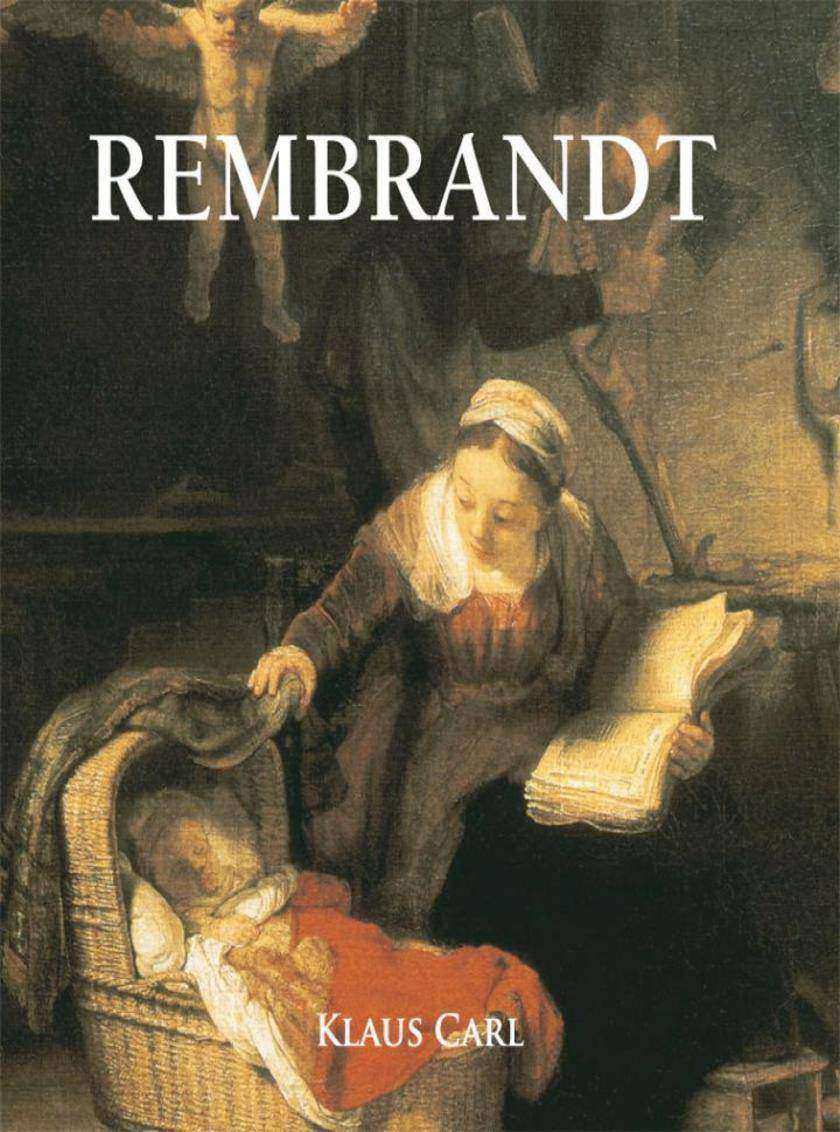
Rembrandt
¥40.79
Rembrandt is completely mysterious in his spirit, his character, his life, his work and his method of painting. What we can divine of his essential nature comes through his painting and the trivial or tragic incidents of his unfortunate life; his penchant for ostentatious living forced him to declare bankruptcy. His misfortunes are not entirely explicable, and his oeuvre reflects disturbing notions and contradictory impulses emerging from the depths of his being, like the light and shade of his pictures. In spite of this, nothing perhaps in the history of art gives a more profound impression of unity than his paintings, composed though they are of such different elements, full of complex significations. One feels as if his intellect, that genial, great, free mind, bold and ignorant of all servitude and which led him to the loftiest meditations and the most sublime reveries, derived from the same source as his emotions. From this comes the tragic element he imprinted on everything he pa

Van Gogh
¥40.79
来吧,来翻来书页欣赏优美的画作,来探索后印象主义的创造性天才——文森特·梵高(Vincent van Gogh)。生动活泼的色彩,异想天开的画笔,这些画作让我们能够洞察梵高波动的内心世界。这本Mega Square的小册子带你领略这位成就非凡的画家。

Bosch
¥40.79
在电子游戏发明之前,希罗尼穆斯波希(Hieronymus Bosch)的笔下就已经创作出了恐怖但丑萌的怪物,还带有一点小幽默。他的作品是自信的宣言,有力地挑战了背叛基督教教义之人的精神恐慌。波希生于1450年,死于1516年,他的出生之时正值文艺复兴的高潮时期,也见证了这一时期的宗教战争。中世纪传统和价值观轰然倒塌,为新世纪的到来开辟了道路。在这样的新世纪里,信念失去了力量和魔力。 ?波希开始警告那些不信教者和对上帝丧失了信仰的人——等待是危险的。波希相信所有人必须要有自己的道德选择,他关注地狱、天堂和欲望的主题,才华横溢地挖掘了水果和植物的象征意义,让他的意向充满了强烈的性欲色彩。这本独特的选集展示了波希为引人入胜的作品,小巧的形式也让它成为了一份完美的礼物。

Goya
¥40.79
Goya is perhaps the most approachable of painters. His art, like his life, is an open book. He concealed nothing from his contemporaries, and offered his art to them with the same frankness. The entrance to his world is not barricaded with technical difficulties. He proved that if a man has the capacity to live and multiply his experiences, to fight and work, he can produce great art without classical decorum and traditional respectability. He was born in 1746, in Fuendetodos, a small mountain village of a hundred inhabitants. As a child he worked in the fields with his two brothers and his sister until his talent for drawing put an end to his misery. At fourteen, supported by a wealthy patron, he went to Saragossa to study with a court painter and later, when he was nineteen, on to Madrid. Up to his thirty-seventh year, if we leave out of account the tapestry cartoons of unheralded decorative quality and five small pictures, Goya painted nothing of any significance, but once in contro

Schiele
¥40.79
埃贡·席勒(Egon SchieleA)的作品是如此与众不同,他拒绝被分类。席勒在年仅十六岁的时候被维也纳艺术学院录取,很早就成为了出色的艺术家。他对于线条的完美把控,使得作品充满了紧张的表现张力。他深刻地坚信自己作为艺术家的重要性,在短暂的年轻岁月中完成了很多其他艺术家一生的艺术成就。他扎根在维也纳分离艺术中的“青年风格,和那一代人一样,他受到了维也纳*魅力和名气的艺术家古斯塔夫·克里姆特(Gustav Klimt)的影响。克里姆特也认识到了席勒那超凡脱俗的分才能,他开始支持这位年轻的艺术家。席勒在短短几年的时间里,便脱离了他导师的性感装饰影响,独具一格。1910年开始席勒进行了大量而创新的创作,坚定不移地揭示人类的形式——不仅仅是他自身——如此深刻,也展现了他正在经历更加心理的、精神和情感的解剖,而非物理上的解剖。他绘画了很多城镇、乡村的风景,也创作了不少正式的肖像画和寓言神话的人物。但正是他极其坦率的作品,有些时候甚至带有明显的色情,以及他与未成年的模特的合作使他在吹毛求疵的道德观念面前有些脆弱无力。在1912年,他因冒犯道德的嫌疑——包括绑架、强奸和伤风败俗——而锒铛入狱。严重的指控(差不多指的是伤风败俗)没有成立,但席勒却在监狱中度过了绝望的三个星期。德国的表现主义画家圈子对席勒的作品的接受程度不温不火。他的同胞奥斯卡·柯克西卡(Kokoschka)的待遇却要好得多。他崇拜慕尼黑艺术家蓝骑士(Der Blaue Reiter),但蓝骑士却断然回绝了他。之后,在次世界大战期间,他的作品逐渐小有名气。在1916年的一次事件中,他被柏林的表现主义杂志Die Aktion认定为左翼。席勒是一种嗜好。在很早的时候,他便被认为是天才,这为他招揽了一小群长期沉迷其中的收藏家和崇拜者。但虽然如此,多年来他的生活和经济状况都岌岌可危。他经常欠债,也偶尔会被迫用一些廉价的材料,在发黄的皱巴巴的纸上画画或是用硬纸板,而不是画家的画纸或画布。只有在1918年他才在维也纳拥有了次实质性的成功。悲剧的是,不久之后,他和他的妻子伊迪丝(Edith)便被1918年大规模的流感所击倒,席勒及其妻子和千千万万其他受害者一样都去世了。那年,席勒才年仅二十八岁。

Turner
¥40.79
At fifteen, Turner was already exhibiting View of Lambeth. He soon acquired the reputation of an immensely clever watercolourist. A disciple of Girtin and Cozens, he showed in his choice and presentation of theme a picturesque imagination which seemed to mark him out for a brilliant career as an illustrator. He travelled, first in his native land and then on several occasions in France, the Rhine Valley, Switzerland and Italy. He soon began to look beyond illustration. However, even in works in which we are tempted to see only picturesque imagination, there appears his dominant and guiding ideal of lyric landscape. His choice of a single master from the past is an eloquent witness for he studied profoundly such canvases of Claude as he could find in England, copying and imitating them with a marvellous degree of perfection. His cult for the great painter never failed. He desired his Sun Rising through Vapour and Dido Building Carthage to be placed in the National Gallery side by side w
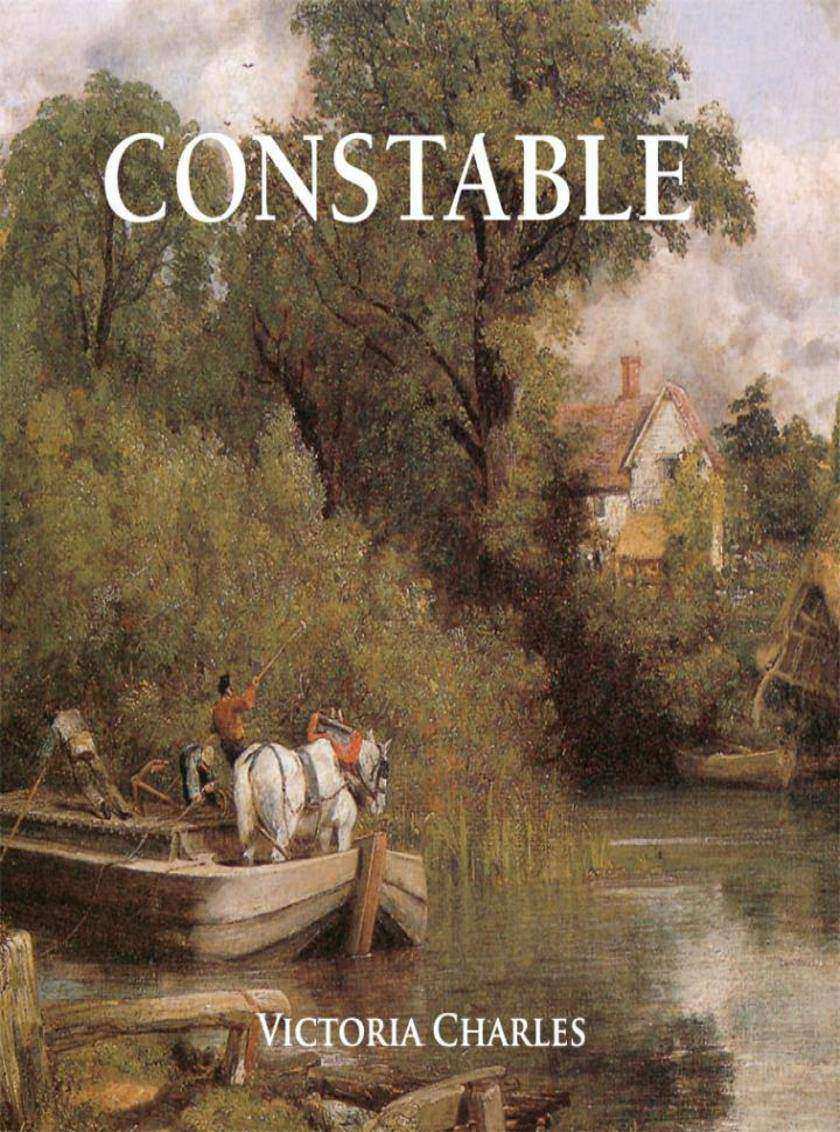
Constable
¥40.79
John Constable was the first English landscape painter to take no lessons from the Dutch. He is rather indebted to the landscapes of Rubens, but his real model was Gainsborough, whose landscapes, with great trees planted in well-balanced masses on land sloping upwards towards the frame, have a rhythm often found in Rubens. Constable’s originality does not lie in his choice of subjects, which frequently repeated themes beloved by Gainsborough. Nevertheless, Constable seems to belong to a new century; he ushered in a new era. The difference in his approach results both from technique and feeling. Excepting the French, Constable was the first landscape painter to consider as a primary and essential task the sketch made direct from nature at a single sitting; an idea which contains in essence the destinies of modern landscape, and perhaps of most modern painting. It is this momentary impression of all things which will be the soul of the future work. Working at leisure upon the large canva
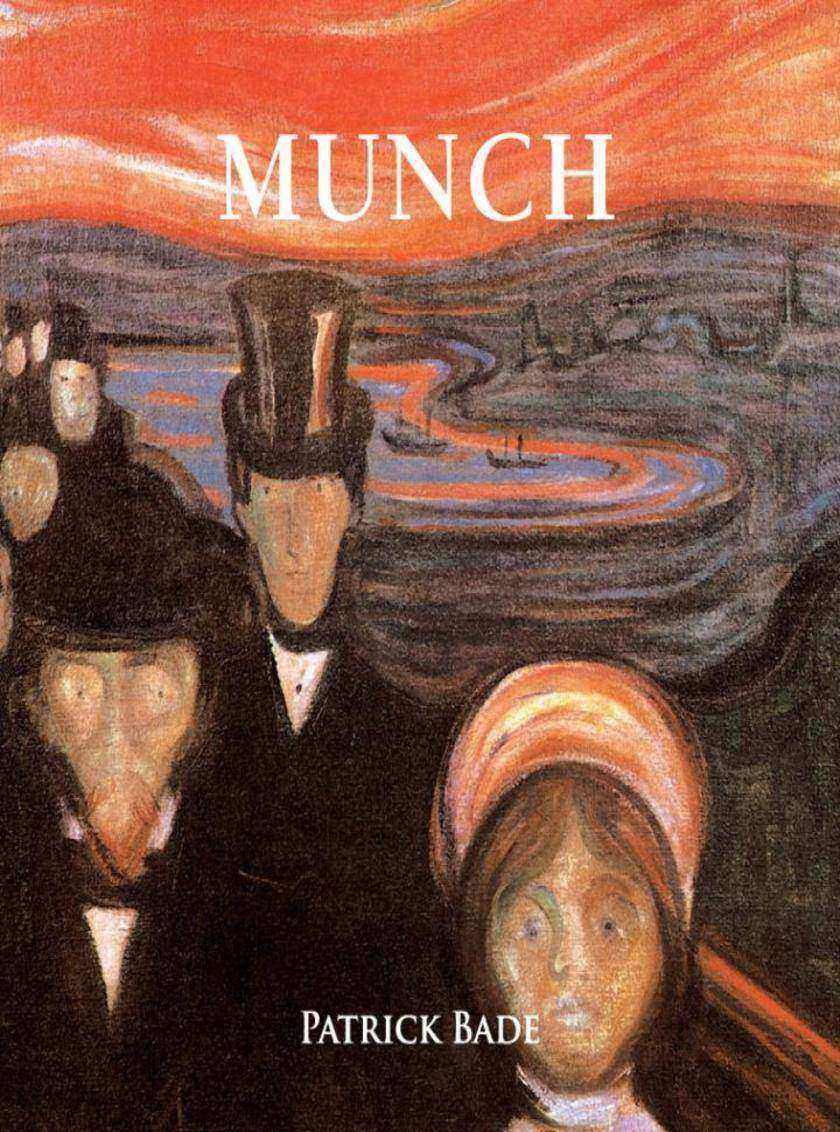
Munch
¥40.79
Edvard Munch, born in 1863, was Norway's most popular artist. His brooding and anguished paintings, based on personal grief and obsessions, were instrumental in the development of Expressionism. During his childhood, the death of his parents, his brother and sister, and the mental illness of another sister, were of great influence on his convulsed and tortuous art. In his works, Munch turned again and again to the memory of illness, death and grief. During his career, Munch changed his idiom many times. At first, influenced by Impressionism and Post-impressionism, he turned to a highly personal style and content, increasingly concerned with images of illness and death. In the 1892s, his style developed a ‘Synthetist' idiom as seen in The Scream (1893) which is regarded as an icon and the portrayal of modern humanity's spiritual and existential anguish. He painted different versions of it. During the 1890s Munch favoured a shallow pictorial space, and used it in his frequently frontal p
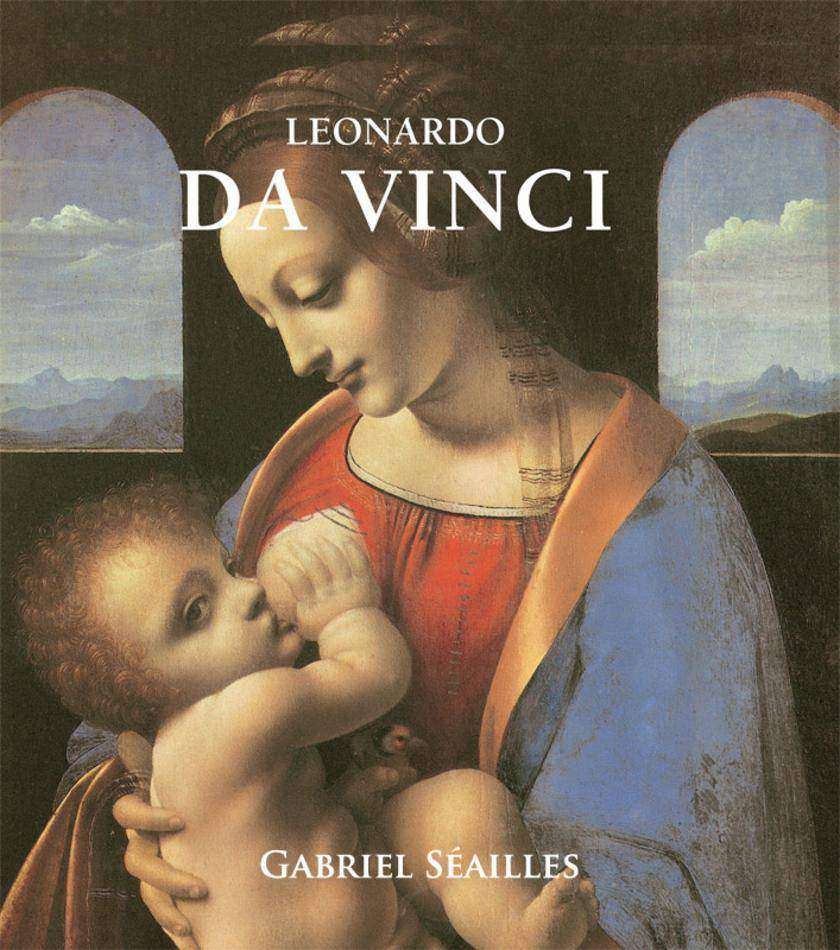
Leonardo Da Vinci
¥40.79
莱昂纳多·达·芬奇(1453—1519)不仅仅是位出神入化的画家,也是一位科学家、解剖师、雕塑家、建筑家、音乐家、工程师、发明家,乃至更多。那么也许该这么问:他不是什么呢?在意大利文艺复兴时期,他为意大利美第奇家族和法国王室创作了美的作品。达·芬奇深受同辈的钦佩,是个闻名全世界的少有而高尚的天才。即使是今天,人们对达·芬奇和他的作品的兴趣仍然丝毫没有消退;时代前沿的艺术家们仍然在研习他的作品和书法,希望能够揭开这位远见卓识的艺术家的秘密。
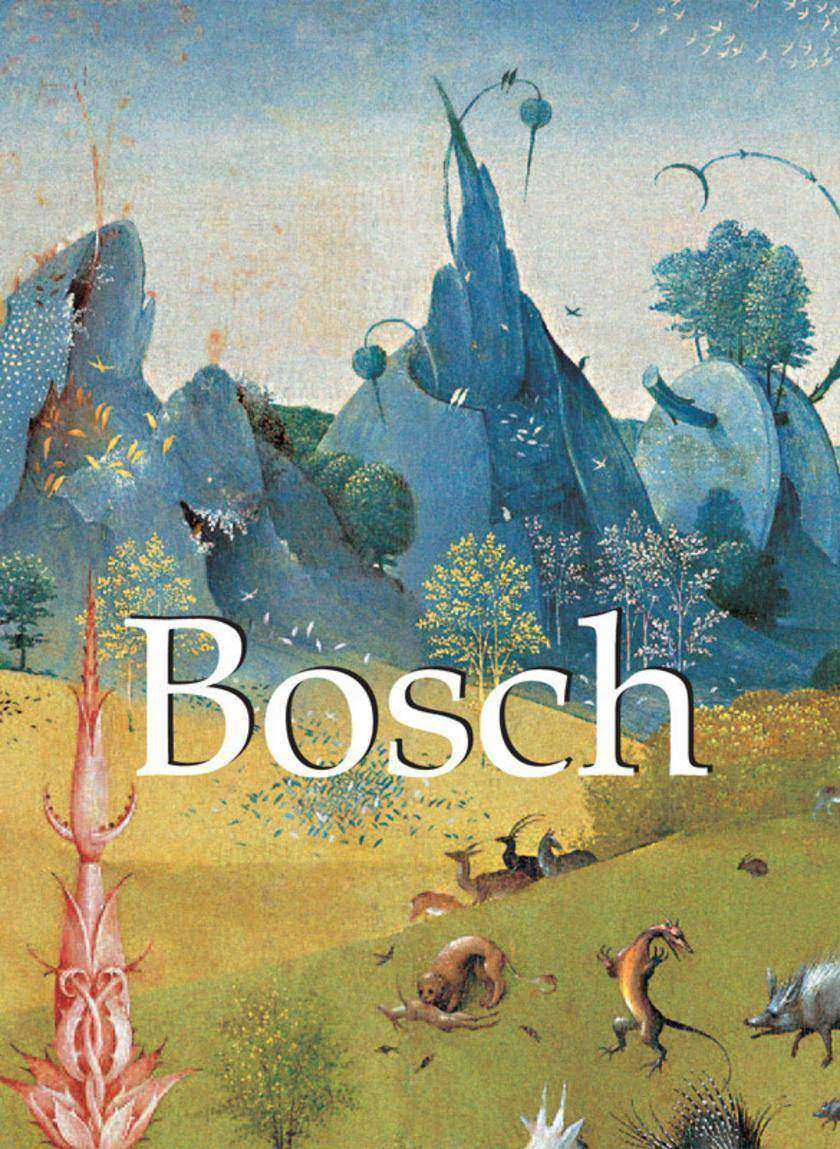
Bosch
¥61.23
在电子游戏发明之前,希罗尼穆斯波希(Hieronymus Bosch)的笔下就已经创作出了恐怖但丑萌的怪物,还带有一点小幽默。他的作品是自信的宣言,有力地挑战了背叛基督教教义之人的精神恐慌。波希生于1450年,死于1516年,他的出生之时正值文艺复兴的高潮时期,也见证了这一时期的宗教战争。中世纪传统和价值观轰然倒塌,为新世纪的到来开辟了道路。在这样的新世纪里,信念失去了力量和魔力。 ?波希开始警告那些不信教者和对上帝丧失了信仰的人——等待是危险的。波希相信所有人必须要有自己的道德选择,他关注地狱、天堂和欲望的主题,才华横溢地挖掘了水果和植物的象征意义,让他的意向充满了强烈的性欲色彩。这本独特的选集展示了波希为引人入胜的作品,小巧的形式也让它成为了一份完美的礼物。
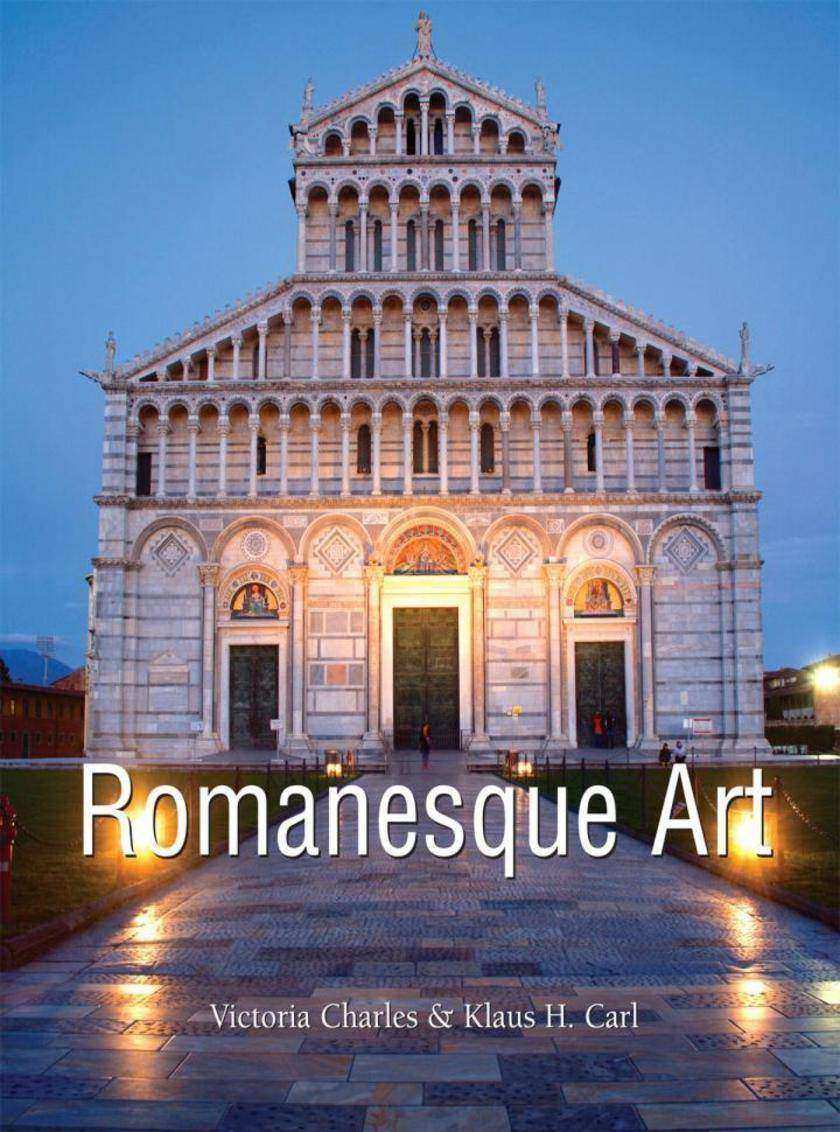
Romanesque Art
¥122.54
罗马艺术指的是11世纪到13世纪的艺术史。这一时代有各种学派百家争鸣,多种多样,各具特色。在建筑和雕塑领域,罗马艺术的特色是具有原始的形式。这本著作通过丰富的插图和迷人的文字,重新发现这种在当今备受轻视的中世纪艺术仍然可与之后功成名就的哥特艺术相媲美。

Trusts a Practical Guide
¥24.44
Within the genre of financial selfhelp, ‘Trusts A Practical Guide’ is an invaluable and rare resource for financial experts and members of the public alike who need a reference work on a subject that is, on the face of it, complex but which undeniably affects many people’s lives at one point or another. Whatever your occupation or background, you are almost certain at some time to need some understanding of this subject, whether in your own financial planning or in advising those around you – and this guide is particularly helpful when dealing with a relative’s probate or the complex issues arising from an inheritance.After thirtyfive years at the top of his profession, FSA member Terry O'Halloran writes passionately and informatively, not only about his subject but also about the importance of spreading the word to others. He has seen many times first hand the benefits of wellorganized and implemented financial planning on people’s lives. More poignantly, he has seen what can happen when such matters are left to chance.Using famous historical characters, placing them in recognizable situations and using real life case histories, he explains the organization and procedure of Trusts simply and easily bringing his subject alive by putting it in a perspective that is easily assimilated by the layman. Terry O'Halloran clearly explains the intricacies of Trusts and confronts their realities with reallife examples such as a family case involving a number of exwives, a business partnership that goes very expensively wrong and even the attempted murder of a director and removal of the wouldbe assassin (as a Trustee). Building the full picture from simple steps, the author explains the merits or otherwise of trusts and their uses with life assurance and pension products. “Trusts are the most important adjunct to life assurance, business protection, estate planning and pension provision. A basic understanding is essential,” he insists. After searching in vain for a book for his own use, the need for a reference book on this subject was clear. “I needed a reference book that I could refer to during the working day but which would also be simple enough for any of my clients to understand. So I wrote one – in fact I had to write it because there was simply nothing suitable in existence. Moreover, I use it all the time. My own copies are dogeared from use.” “I believe,’ Trusts’ is a practical tool for the professional’s everyday use and a good guide for the layman.
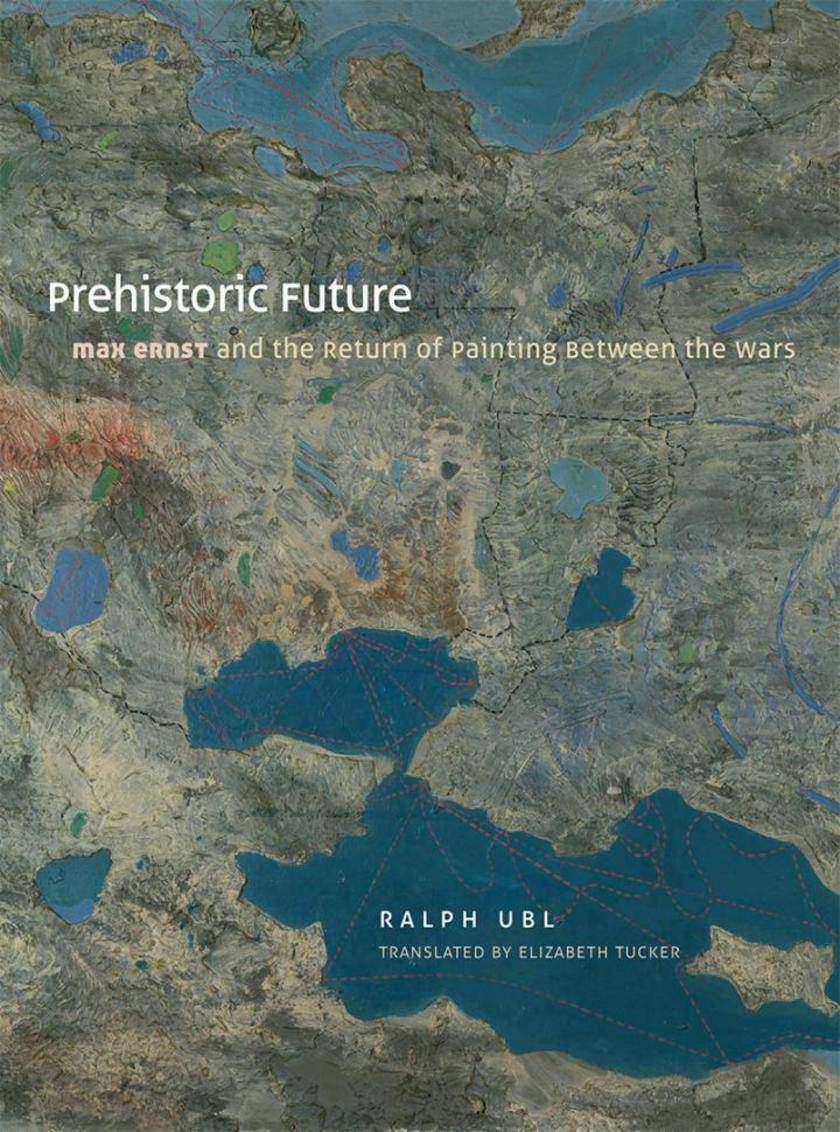
Prehistoric Future
¥370.82
One of the most admired artists of the twentieth century, Max Ernst was a proponent of Dada and founder of surrealism, known for his strange, evocative paintings and drawings. In Prehistoric Future, Ralph Ubl approaches Ernst like no one else has, using theories of the unconscious-surrealist automatism, Freudian psychoanalysis, the concept of history as trauma-to examine how Ernst's construction of collage departs from other modern artists. ?Ubl shows that while Picasso, Braque, and Man Ray used scissors and glue to create collages, Ernst employed techniques he himself had forged-rubbing and scraping to bring images forth onto a sheet of paper or canvas to simulate how a screen image or memory comes into the mind's view. In addition, Ernst scoured the past for obsolete scientific illustrations and odd advertisements to illustrate the rapidity with which time passes and to simulate the apprehension generated when rapid flows of knowledge turn living culture into artifact. Ultimately, Ubl reveals, Ernst was interested in the construction and phenomenology of both collective and individual modern history and memory. Shedding new light on Ernst's working methods and the reasons that his pieces continue to imprint themselves in viewers' memories, Prehistoric Future is an innovative work of critical writing on a key figure of surrealism.

The Sot-Weed Factor
¥8.09
The Sot-Weed Factor
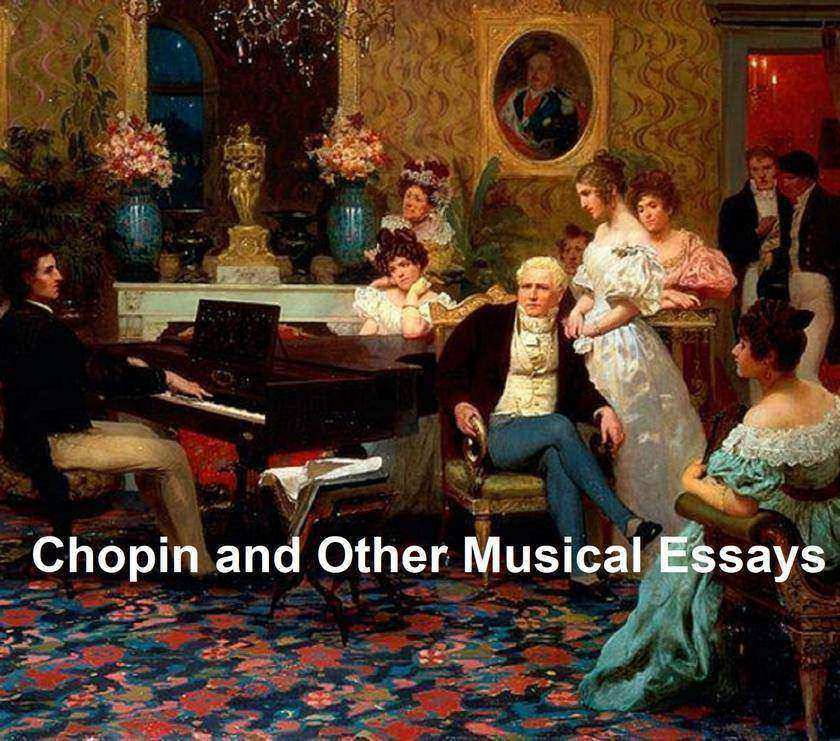
Chopin and Other Musical Essays
¥8.09
Chopin and Other Musical Essays
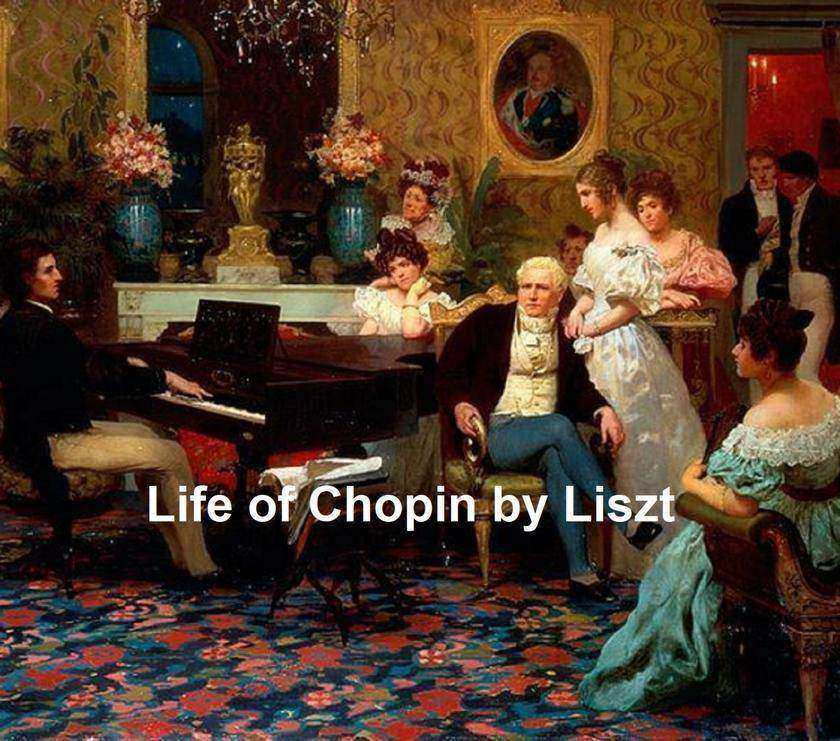
Life of Chopin
¥8.09
Life of Chopin
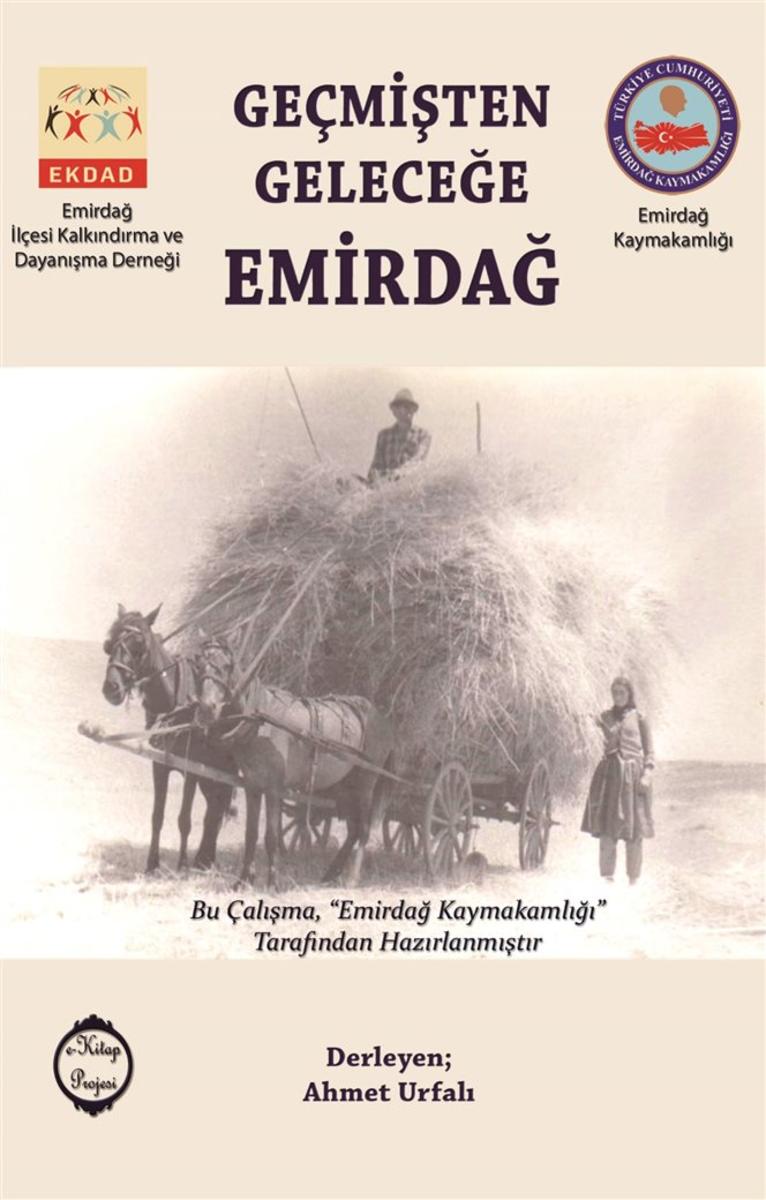
Ge?mi?ten Gelece?e Emirda?
¥9.24
Foto?raf makinesi, insan o?lunun en ?nemli icatlar?ndan biridir. Bir foto?raf, ‘’an’’ denilen k?sac?k bir zaman?n tan???d?r. Ancak onda bir tarihi yakalamak da mümkündür. Bu bak?mdan foto?raf? sadece g?rsel bir obje olarak g?rmemek gerekir. Bakmas?n? bilenler i?in foto?raf; tarih, sosyoloji, psikoloji, kültürel yap?, sosyal de?i?im… konular?n ?nemli ip u?lar? i?erir. Foto?raf; g?rüp g?sterme, ger?e?i g?rünür k?lma, ger?e?i kavratmad?r. Her foto?raf?n bir dili vard?r. O dili anlayabilenler, nice güzellikleri ke?federler. Foto?rafta sadece g?rüneni de?il, g?sterilmek isteneni de bilmek ve alg?lamak gerekir. Her foto?raf bir ‘’an’’? yakalasa da onun i?inde sakl? bir hik?ye bulunur. Foto?raf, g?rselli?iyle beraber; topluma, zamana, mekana ve bireylere ili?kin bilgi ve belgelerle doludur. Foto?raf bireylerin ve toplumun aynas?d?r. Bu albüm-kitapta siz kendinizi bulacaks?n?z. Mahalleniz, k?yünüz, hat?ralar?n?z, akraba ve dostlar?n?z burada, sizin kar??n?zda olacakt?r. Sizleri ‘’Ge?mi?ten Gelece?e Emirda? ‘’ gezintisine ??kar?yoruz. Bu albüm-kitap Emirda?’?n tarihi süre? i?inde ge?ti?i a?amalar? da yans?tarak, gelece?imize ???k tutacakt?r. Emirda?’?n sosyal de?i?imini kitapta g?rmek mümkündür Foto?raflar grupla?t?r?larak okuyucuya kolayl?k sa?lanm??t?r. Genel, askerlik, ?ar??-pazar, bayramlar, spor, e?itim, tar?m-hayvanc?l?k, otobüs?ülük, aile, k?yler, ?ehreler, g??, yayla, bina-yap?lar, milli mücadele ve yat?rlara ait foto?raflar bir araya toplanm??t?r. “Ge?mi?ten Gelece?e Emirda?”?n olu?mas?nda eme?i ge?en, katk? sa?layan tüm Emirda?’l?lara te?ekkür ederim.. ? Ak?n A?CA Emirda? Kaymakam?
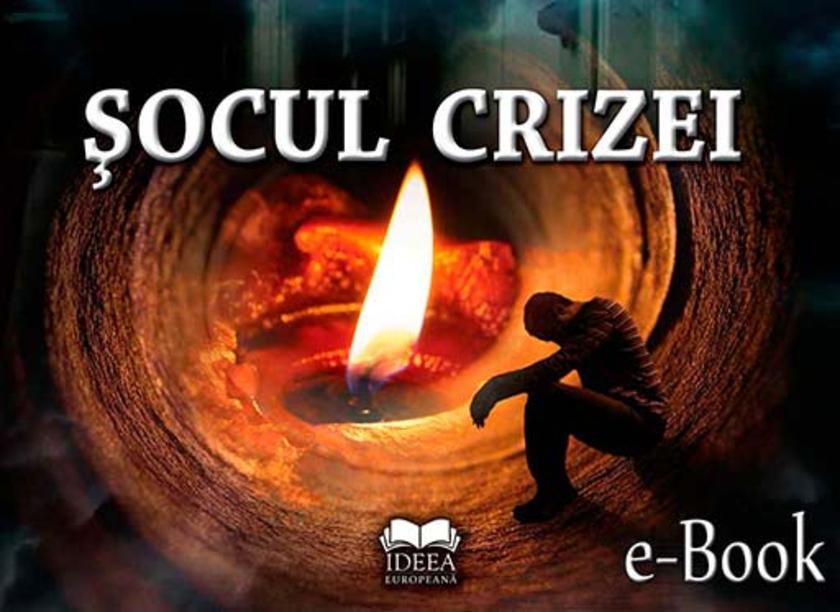
?ocul crizei
¥65.32
Inchizi?ia spaniol?, poate cea mai temut? institu?ie din istoria omenirii, a fost ?nfiin?at? ?n 1478 de Regii Catolici, Ferdinand ?i Isabella, ?i abolit? abia ?n 1834, odat? cu R?zboaiele Napoleoniene. Spre deosebire de Inchizi?ia medieval? din restul Europei, cea din Spania ?i Portugalia s-a r?sp?ndit ?n coloniile iberice din Asia, Africa ?i America de Sud, ajung?nd s? terorizeze, timp de peste trei secole, nu mai pu?in de patru continente.Care au fost ?ns? motivele ?nfiin??rii ei? De ce provoca at?ta team?? Cine erau victimele torturate ?i arse ?n autodafeuri? Toby Green readuce la via?? aceast? perioad? a istoriei cu ajutorul uria?ei arhive inchizitoriale p?strate ?i prezint? nenum?rate cazuri judecate de Sf?ntul Oficiu, de la arhiepiscopi la oameni obi?nui?i, victime inocente ale unui sistem diabolic. De?i ?nsp?im?nt?toare, aceste pove?ti sunt un exemplu al rezisten?ei spiritului uman ?n fa?a absurdului ?i a r?ului. Toby Green ne dezv?luie mecanismele prin care pot ap?rea persecu?ia ?i teroarea, dar ?i felul ?n care pot fi evitate. Inchizi?ia este un avertisment venit din trecut, o lec?ie a istoriei pentru noi to?i!
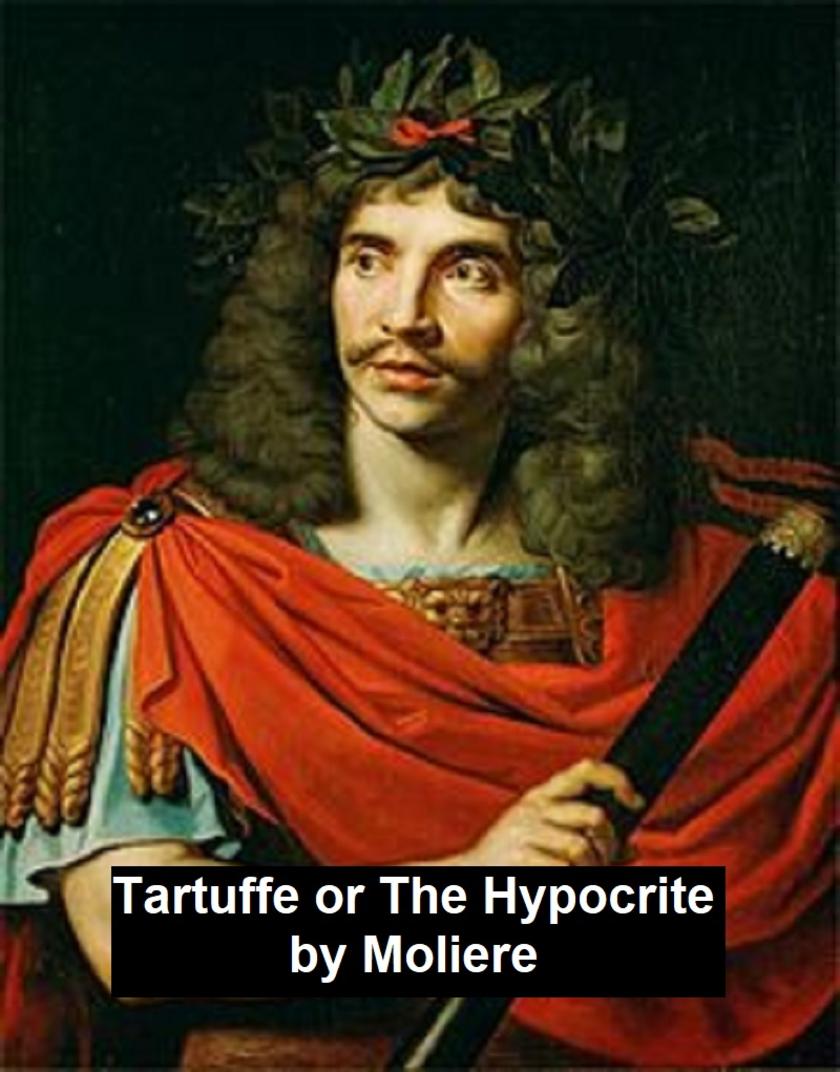
Tartuffe or The Hypocrite
¥8.09
According to Wikipedia: "Jean-Baptiste Poquelin, also known by his stage name Molière, (January 15, 1622 - February 17, 1673) was a French playwright and actor who is considered one of the greatest masters of comedy in Western literature. Among Molière's best-known dramas are Le Misanthrope, (The Misanthrope), L'Ecole des femmes (The School for Wives), Tartuffe ou l'Imposteur, (Tartuffe or the Hypocrite), L'Avare ou l'?cole du mensonge (The Miser), Le Malade imaginaire (The Imaginary Invalid), and Le Bourgeois Gentilhomme (The Bourgeois Gentleman)."
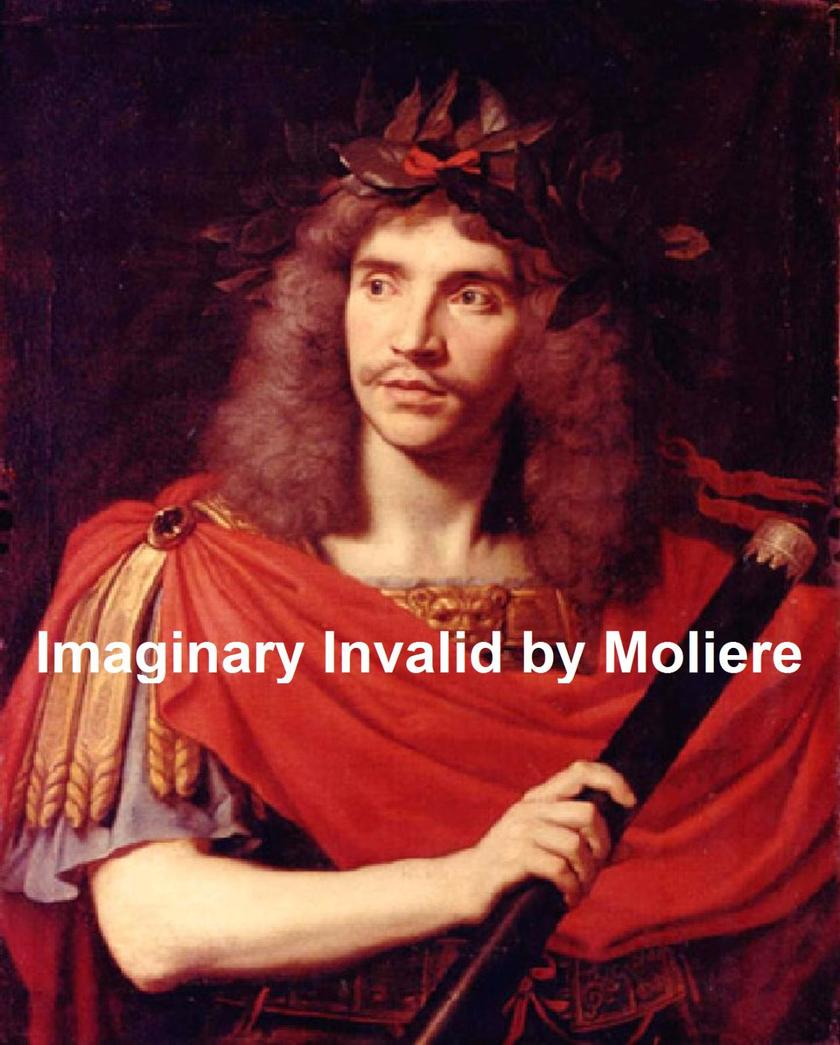
Imaginary Invalid
¥8.09
According to Wikipedia: "The Imaginary Invalid (French: Le malade imaginaire) is a 1673 three-act comédie-ballet by the French playwright Molière with dance sequences and musical interludes by Marc-Antoine Charpentier. It was originally choreographed by Pierre Beauchamp. Molière had fallen out with the powerful court composer Jean-Baptiste Lully, with whom he had pioneered the comédie-ballet form a decade earlier, and had opted for the collaboration with Charpentier, Lully's rival and arguably a more gifted composer. Le malade imaginaire would turn out to be his last work. He collapsed during his fourth performance as Argan on 17 February and died soon after. Beyond the obvious irony, given the play's title, it is possible that Molière was poisoned by Lully, or at the jilted collaborator's instigation."




 购物车
购物车 个人中心
个人中心



